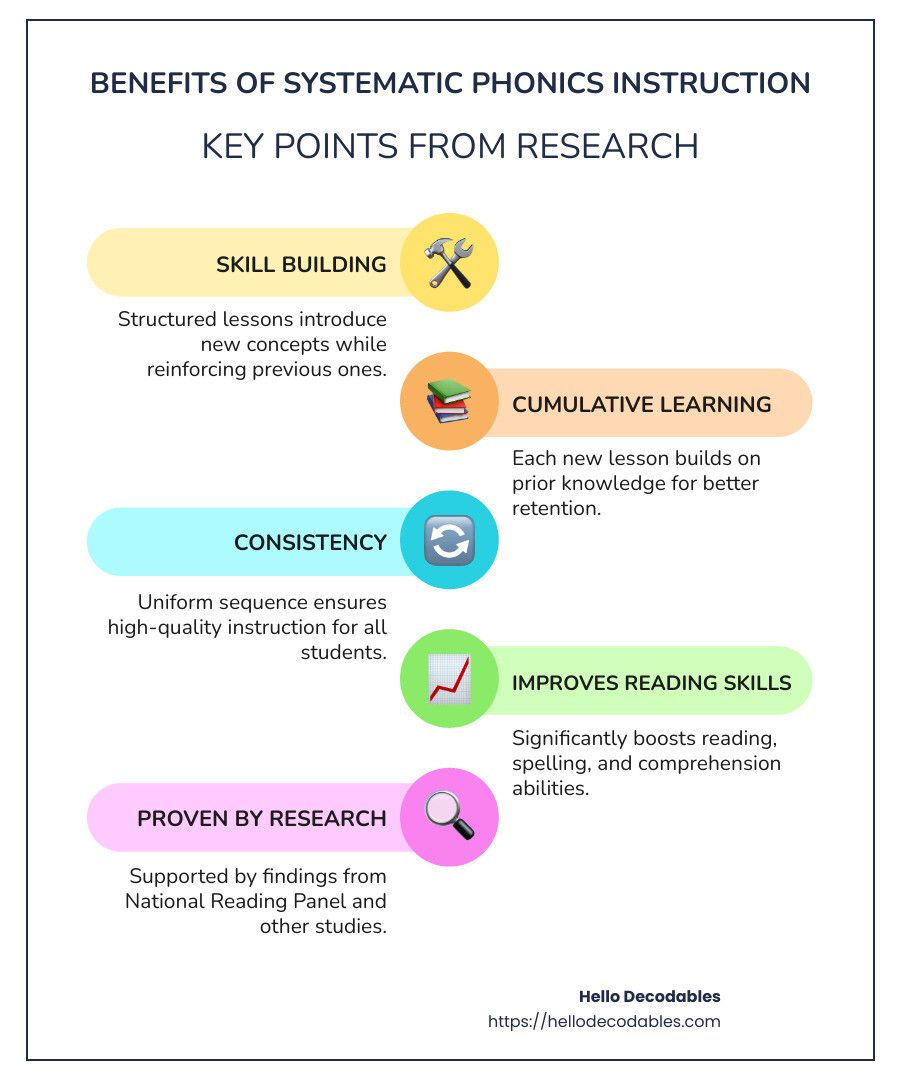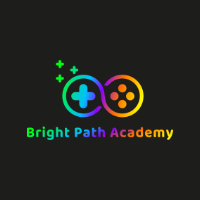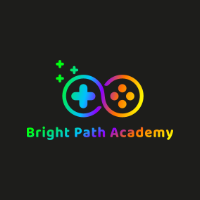How to Code Words into Phonics: A Step-by-Step Guide for Teachers and Parents
Jul 8
Introduction
Phonics is a foundational skill in reading and writing, helping children decode words by connecting sounds to letters. One effective method for teaching phonics is word coding, where words are broken down into their phonetic components. According to the Institute of Education Scientist, This practice guide provides four recommendations for teaching foundational reading skills to students in kindergarten through 3rd grade.. This guide will walk you through how to code words into phonics, offering step-by-step instructions for teachers and parents. Whether you're working with early readers or struggling students, these strategies will enhance literacy skills.
Phonics is a foundational skill in reading and writing, helping children decode words by connecting sounds to letters. One effective method for teaching phonics is word coding, where words are broken down into their phonetic components. According to the Institute of Education Scientist, This practice guide provides four recommendations for teaching foundational reading skills to students in kindergarten through 3rd grade.. This guide will walk you through how to code words into phonics, offering step-by-step instructions for teachers and parents. Whether you're working with early readers or struggling students, these strategies will enhance literacy skills.
What Is Word Coding in Phonics?
Word coding (or phonetic coding) is the process of breaking words into individual sounds (phonemes) and matching them to letters (graphemes).
According to the Institute of Education Scientist,
University of Florida Literacy Institute, Once children learn some phoneme-grapheme correspondences, they can begin decoding (reading) and encoding (spelling) words.
This helps learners:
- Recognize spelling patterns
- Improve reading fluency
- Strengthen spelling skills
Common coding methods include:
- Sound boxes (Elkonin boxes)
- Color-coding vowels and consonants
- Underlining digraphs and blends
According to the Institute of Education Scientist,
University of Florida Literacy Institute, Once children learn some phoneme-grapheme correspondences, they can begin decoding (reading) and encoding (spelling) words.
This helps learners:
- Recognize spelling patterns
- Improve reading fluency
- Strengthen spelling skills
Common coding methods include:
- Sound boxes (Elkonin boxes)
- Color-coding vowels and consonants
- Underlining digraphs and blends
Why Is Word Coding Important?
Research shows that systematic phonics instruction significantly improves reading skills (National Reading Panel, 2000). Word coding helps by:
✅ Building phonemic awareness (hearing sounds in words)
✅ Strengthening decoding skills (sounding out words)
✅ Improving spelling accuracy
✅ Supporting dyslexic and struggling readers
✅ Building phonemic awareness (hearing sounds in words)
✅ Strengthening decoding skills (sounding out words)
✅ Improving spelling accuracy
✅ Supporting dyslexic and struggling readers

Step-by-Step Guide to Coding Words into Phonics
Step 1: Choose the Right Words
Start with simple CVC (Consonant-Vowel-Consonant) words (e.g., "cat," "dog") before moving to:
- Digraphs (sh, ch, th)
- Blends (st, fl, br)
- Silent e words (like, hope)
- Multisyllabic words (butterfly, fantastic)
Step 2: Segment the Word into Sounds (Phonemes)
Have the child say the word slowly, listening for each sound.
Example: "ship
- "/sh/ (digraph)
- /i/ (short vowel)
- /p/ (ending consonant)
Use sound boxes (Elkonin boxes) for visual support:
sh i p
Step 3: Match Sounds to Letters (Graphemes)
Help the child write the letters that represent each sound.
- Underline digraphs/blends (e.g., "sh" in "ship")
- Circle silent letters (e.g., "e" in "hope")
- Color-code vowels (red) and consonants (blue)
Example:
🔴 i (vowel)
🔵 sh / p (consonants)
Step 4: Apply Phonics Rules
Teach common phonics rules while coding:
- Silent E: Adds a long vowel sound (e.g., "hop" → "hope")
-Double Consonants: Short vowel before them (e.g., "running")
- R-Controlled Vowels: "ar," "er," "ir," "or," "ur" (e.g., "car," "bird")
Step 5: Practice Decoding and Blending
After coding, have the child:
1. Sound out each part (/sh/ - /i/ - /p/)
2. Blend the sounds together ("sh-i-p" → "ship")
3. Read the word fluently
Tip: Use movement (tapping, clapping) to reinforce segmentation.
Start with simple CVC (Consonant-Vowel-Consonant) words (e.g., "cat," "dog") before moving to:
- Digraphs (sh, ch, th)
- Blends (st, fl, br)
- Silent e words (like, hope)
- Multisyllabic words (butterfly, fantastic)
Step 2: Segment the Word into Sounds (Phonemes)
Have the child say the word slowly, listening for each sound.
Example: "ship
- "/sh/ (digraph)
- /i/ (short vowel)
- /p/ (ending consonant)
Use sound boxes (Elkonin boxes) for visual support:
sh i p
Step 3: Match Sounds to Letters (Graphemes)
Help the child write the letters that represent each sound.
- Underline digraphs/blends (e.g., "sh" in "ship")
- Circle silent letters (e.g., "e" in "hope")
- Color-code vowels (red) and consonants (blue)
Example:
🔴 i (vowel)
🔵 sh / p (consonants)
Step 4: Apply Phonics Rules
Teach common phonics rules while coding:
- Silent E: Adds a long vowel sound (e.g., "hop" → "hope")
-Double Consonants: Short vowel before them (e.g., "running")
- R-Controlled Vowels: "ar," "er," "ir," "or," "ur" (e.g., "car," "bird")
Step 5: Practice Decoding and Blending
After coding, have the child:
1. Sound out each part (/sh/ - /i/ - /p/)
2. Blend the sounds together ("sh-i-p" → "ship")
3. Read the word fluently
Tip: Use movement (tapping, clapping) to reinforce segmentation.
Word Coding Activities for Teachers & Parents
1. Sound Boxes (Elkonin Boxes)
- Draw boxes for each sound (not letters).
- Use counters or chips to represent sounds.
Example: "frog"
f r o g
2. Color-Coded Phonics
- Red for vowels (a, e, i, o, u)
- Blue for consonants
- Green for digraphs/blends
3. Word Mapping
- Write the word, then break it into sounds.
- Example:
-Word: "light"
- Sounds: /l/ /ī/ /t/
- Coding: underline "igh" (long i sound)
4. Phonics Flashcards with Coding
- Write words with color-coding or underlining.
-Have students decode before reading.
5. Interactive Games
- Phonics Bingo (mark sounds heard)
- Word Sort (categorize by vowel sounds)
- Draw boxes for each sound (not letters).
- Use counters or chips to represent sounds.
Example: "frog"
f r o g
2. Color-Coded Phonics
- Red for vowels (a, e, i, o, u)
- Blue for consonants
- Green for digraphs/blends
3. Word Mapping
- Write the word, then break it into sounds.
- Example:
-Word: "light"
- Sounds: /l/ /ī/ /t/
- Coding: underline "igh" (long i sound)
4. Phonics Flashcards with Coding
- Write words with color-coding or underlining.
-Have students decode before reading.
5. Interactive Games
- Phonics Bingo (mark sounds heard)
- Word Sort (categorize by vowel sounds)
Common Mistakes to Avoid
❌ Ignoring irregular words (e.g., "said," "who") – Teach these as "heart words."
❌ Moving too fast – Start simple, then increase difficulty.
❌ Not blending after coding – Always have students read the full word.
Final Thoughts
Coding words into phonics is a powerful tool for developing strong readers. By following this step-by-step guide, teachers and parents can make phonics instruction engaging and effective.
Want more phonics tips? Download our free phonics coding cheat sheet [insert link]!
Want more phonics tips? Download our free phonics coding cheat sheet [insert link]!
FAQs
1. What age is best to start word coding?
- Ages 4-6 (Pre-K to 1st grade), but older struggling readers also benefit.
2. How do you code multisyllabic words?
- Break into syllables, then code each part (e.g., "hap-pen").
3. Can coding help with spelling?
- Yes! It reinforces sound-letter connections.
- Ages 4-6 (Pre-K to 1st grade), but older struggling readers also benefit.
2. How do you code multisyllabic words?
- Break into syllables, then code each part (e.g., "hap-pen").
3. Can coding help with spelling?
- Yes! It reinforces sound-letter connections.
Conclusion
Word coding transforms phonics learning into a visual, auditory, and tactile experience. By using sound boxes, color-coding, and systematic practice, teachers and parents can boost reading success.
Ready to try word coding? Grab a word list and start practicing today!
Ready to try word coding? Grab a word list and start practicing today!

372 West Lucille Lane, Schenectady, New York 12306
Phone number: 838-269-9430
Phone number: 838-269-9430
Copyright © 2025
Write your awesome label here.
Write your awesome label here.

